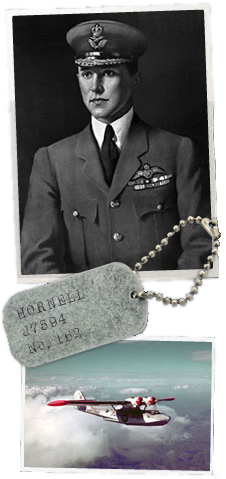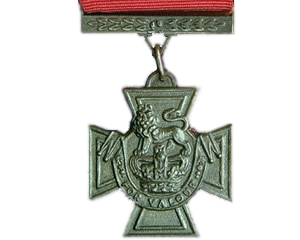William Barker
Post-War
Like he had in August 1918, William Barker had the honour of flying the Prince of Wales in the spring of 1919 – this time over London and in the two-seater Sopwith Dove. He later returned to Canada and formed Bishop and Barker Company with fellow First World War ace Billy Bishop. The two operated a passenger service from Toronto to Muskoka, but the venture was not a success.
In 1920, Barker joined the Canadian Air Force and served as a liaison officer with the Air Ministry in England. In 1924 he returned to Canada and resigned from the Royal Canadian Air Force, opting to return to private life. After five years in the tobacco industry and a stint as the first president of the Toronto Maple Leafs, Barker returned to aviation, becoming president of Fairchild Aviation Corporation of Canada in early 1930.
In March 1930 Barker took a Fairchild KR-21 biplane out to demonstrate its abilities to the Department of National Defence. After ten minutes he approached quite low before climbing nearly 200 feet. The engine appeared to stall, and Barker was unable to level the plane out before it flipped over and hit the ground nose-first, killing him on impact.
Lieutenant-Colonel William Barker’s funeral in Toronto was attended by an honour guard of 2,000 airmen, numerous local and national dignitaries, and tens of thousands of spectators.
Barker’s legacy remains in many forms. He was said to be the inspiration for Ernest Hemingway’s famous short story “The Snows of Kilimanjaro” for his Christmas Day 1917 attack on an Austrian aerodrome in Italy. The airport in his hometown of Dauphin, Manitoba is named in his honour, as was a school at CFB Borden before its closure. In 1999, Barker was designated a person of national historic significance by the Government of Canada.











